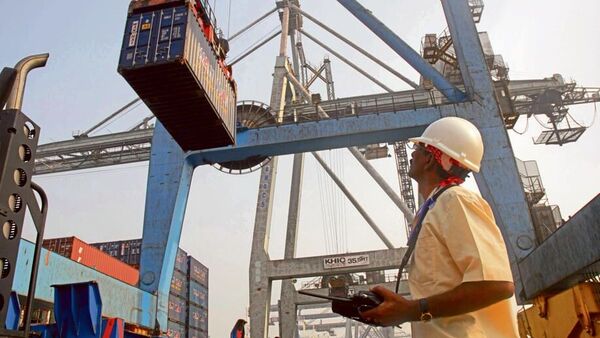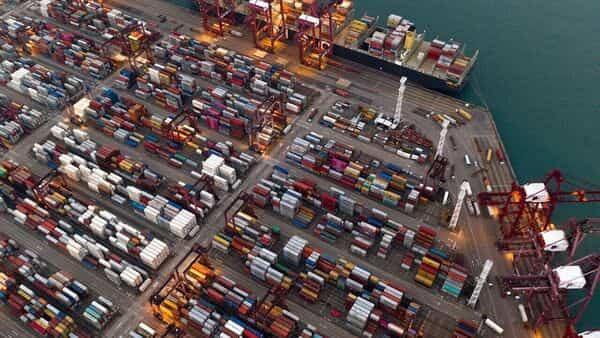India’s trade deficit with China has surged during the first half of the fiscal year (April-October), despite the Indian government’s efforts to curb imports from its neighbor. Data shows that India’s imports from China remained high, contributing to a growing trade gap. This continued reliance on Chinese goods, despite a push for self-reliance and reducing dependency on China, has sparked concerns over India’s long-term trade balance and economic sovereignty.

Source:- bbc news
During this period, India imported a variety of goods from China, including electronics, machinery, chemicals, and essential raw materials. While the Indian government has imposed measures such as higher tariffs and scrutiny on Chinese imports, these actions have had limited impact on the overall trade dynamics. The trade deficit with China is not only a reflection of the imbalance in imports and exports but also a sign of India’s continued dependence on Chinese manufacturing, especially in sectors like consumer electronics and telecom equipment.
Source:- news 18
India’s exports to China, which mainly include agricultural products, minerals, and raw materials, have remained relatively low, exacerbating the deficit. Despite efforts to boost exports to other markets and diversify trade relationships, India’s trade imbalance with China has shown little sign of improvement.
Economists have pointed out that while import curbs have had some effect on reducing China’s market share in certain sectors, India’s trade deficit continues to widen due to the lack of immediate alternatives for crucial goods. For India to effectively address this issue, experts suggest a more comprehensive strategy, including strengthening domestic manufacturing and exploring new trade partnerships.
The ongoing trade deficit with China highlights the challenges India faces in balancing its trade relationships and fostering sustainable economic growth.
Share your views in the comments

